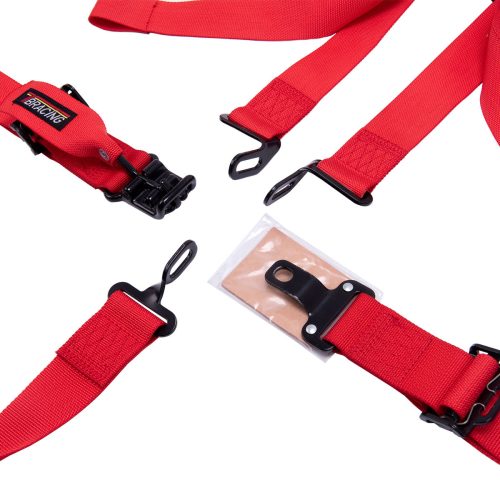The journey of cotton webbing from farm to fashion involves multiple stages, each contributing to the creation of a versatile and sustainable material. Let’s unveil the journey of cotton webbing, highlighting the key steps involved:
- Cotton Cultivation:
- The journey begins on cotton farms, where cotton plants are cultivated. Depending on the farming practices, organic or conventional methods may be used.
- Sustainable practices such as crop rotation, reduced chemical usage, and responsible water management can be implemented to minimize environmental impact.
- Harvesting:
- Once the cotton fibers mature, the plants are harvested. This can be done through mechanical harvesting or manual picking, depending on the farm’s methods.
- Ginning:
- After harvesting, the cotton fibers are separated from the seeds through a process called ginning. This results in raw cotton, which is then cleaned and prepared for further processing.
- Spinning:
- In the spinning stage, the cleaned cotton fibers are transformed into yarn. Spinning involves twisting and aligning the fibers to create strong and consistent threads.
- Weaving:
- The cotton yarn is woven into fabric on specialized machines called looms. The resulting cotton fabric can then be treated and dyed to achieve desired colors and patterns.
- Webbing Production:
- The cotton fabric is cut into strips of the desired width to create cotton webbing. This webbing can be further processed to enhance durability and texture, if needed.
- Dyeing and Finishing:
- Cotton webbing can be dyed using eco-friendly dyes and techniques. Finishing processes, such as heat setting and treatment for water repellency, might also be applied to improve the webbing’s properties.
- Manufacturing:
- Cotton webbing is integrated into various products during the manufacturing stage. This can include bag straps, belts, handles, harnesses, and more.
- Fashion and Craft Applications:
- The finished cotton webbing products find their way into fashion and craft projects. DIY enthusiasts, designers, and artisans incorporate cotton webbing into their creations, adding both functionality and aesthetics.
- Consumer Use and Enjoyment:
- Consumers purchase and use products featuring cotton webbing, enjoying the natural feel, durability, and style it brings to their lives.
Throughout this journey, considerations for sustainable practices, such as organic farming, responsible dyeing methods, and eco-friendly finishing processes, can further enhance the environmental friendliness of cotton webbing. The journey from farm to fashion illustrates the interconnectedness of various stages and the potential for creating products that align with principles of sustainability and conscious consumption.


